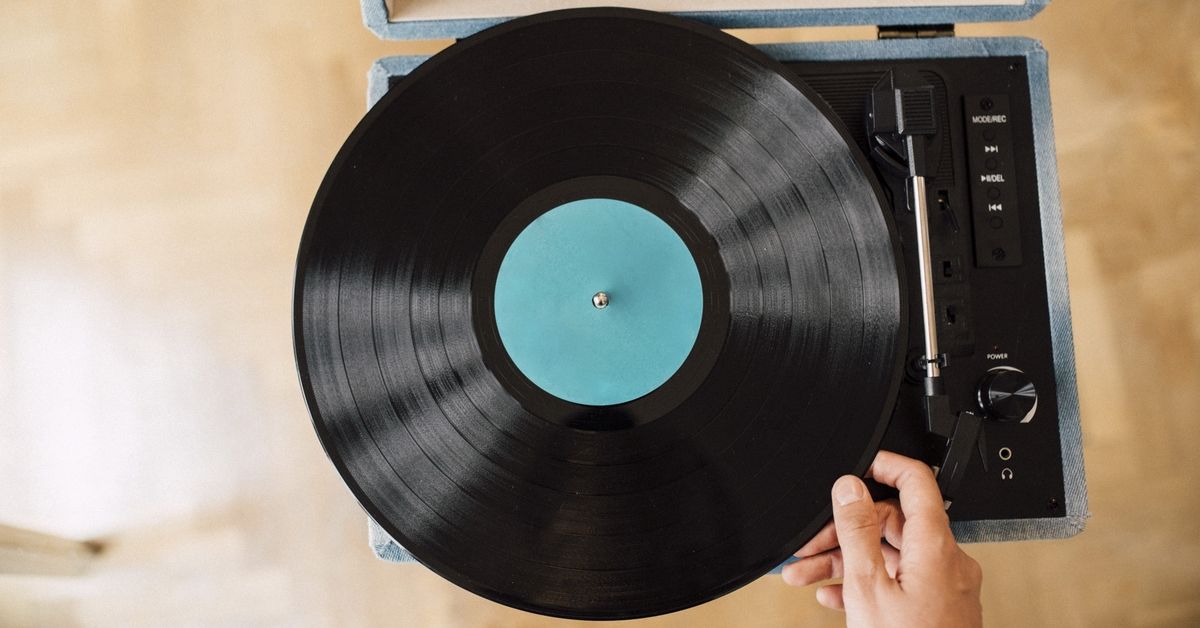Origin
Dr. Arthur Lintgen, a Philadelphia physician, could — within prescribed limits — determine which works of classical music are present on a phonograph record by "reading" the record's grooves. His ability is not the result of any trickery — he performs the feat by combining a thorough knowledge of classical music with the technique of determining the structure and dynamics of a piece of music by examining the spacing and pattern of the grooves.
Lintgen, an ardent audiophile and classical music devotee, first developed his ability to "read" records after being challenged to try it at a party in 1977. He is able to identify, almost flawlessly, orchestral music from Beethoven to the present. He performs this feat by examining the spacing and contour of the grooves on a record; from this examination he can determine how many movements a piece is divided into, how long each movement is, and the relative loudness and percussiveness of the movements. Drawing upon his encyclopedic knowledge of classical music, Lintgen can accurately identify which work fits the patterns suggested by the record grooves.
Sources
Holland, Bernard. "A Man Who Sees What Others Hear." The New York Times. 19 November 1981 (p. C28).
Seckel, Al. "The Man Who Could Read the Grooves." Los Angeles Times. 19 October 1987 (p. B3).
Time. "Read Any Good Records Lately?" 4 January 1982 (p. 88).

